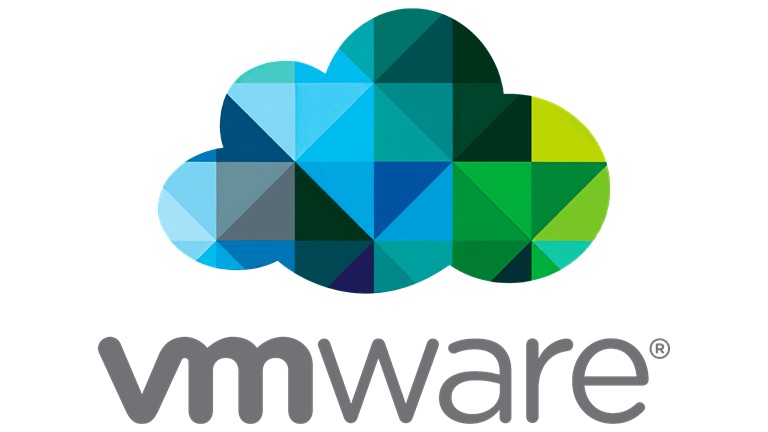1 Course Introduction:
- Introductions and course logistics
- Course objectives
2 Artificial Intelligence and Machine Learning:
- Describe how device groups support AI and ML in vSphere 8
- Describe how device virtualization
3 vSphere Distributed Services Engine:
- Describe the benefits of Distributed Services Engine
- Explain how Distributed Services Engine works
- Recognize use cases for Distributed Services Engine
- Install ESXi on a host equipped with a DPU
- View DPU information in vSphere Client
- Add an ESXi host equipped with a DPU to a cluster
- Update an ESXi host equipped with a DPU using vSphere Lifecycle Manager
- Create a vSphere Distributed Switch for network offloads
- Add a host with a DPU to the vSphere Distributed Switch
- Configure a VM to use Uniform Passthrough Mode
4 vSphere and vCenter Management:
- Review the improvements to the communication between vCenter and ESXi hosts
- Review the enhancements to the vCenter recovery process
5 ESXi Enhancements:
- Describe the function of the central configuration store in ESXi
- Explain how ConfigStore affects your interaction with ESXi configuration files
- Recognize the supported system storage partition configuration on ESXi 8.0
- Identify devices supported for system storage on ESXi 8.0
- Configure an RDMA host local device on ESXi
6 vSphere Storage:
- Describe the vSAN Express Storage Architecture
- Recognize the benefits of using vSAN Express Storage Architecture
- Describe the benefits of using NVMe
- Recognize the support for NVMe devices in vSphere
7 Guest OS and Workloads:
- Review the enhancements of the latest virtual hardware versions
- Describe the features introduced with virtual hardware version 20
- Create a snapshot of a VM with an NVDIMM device
8 Resource Management:
- View energy and carbon emission metrics in vRealize Operations Manager
- Describe the VMware vSphere Memory Monitoring and Remediation (vMMR) functionality
- Describe how vMMR enhances the performance of vSphere DRS
9 Security and Compliance:
- Describe how to handle vTPM secrets when cloning a VM
- Manage OVF templates for VMs that are configured with vTPM
- Deploy an OVF template with vTPM
- Describe the enhancements to trusted binary enforcement in ESXi
- Describe ESXi 8 enhanced security features
10 vSphere Lifecycle Manager:
- Describe the enhancements to life cycle management of standalone ESXi hosts
- Manage the configuration profiles of ESXi hosts in a cluster with vSphere Lifecycle Manager
- Use Auto Deploy to boot a host with the desired image and configuration specifications
- Upgrade multiple ESXi hosts in a cluster in parallel
- Stage an ESXi host image prior to remediation
11 Auto Deploy:
- Manage custom host certificates using Auto Deploy
12 vSphere with Tanzu:
- Describe the features of the Tanzu Kubernetes Grid 2.0 offering
13 Announcing vSphere:
- Describe the functionality and benefits of vSphere+


